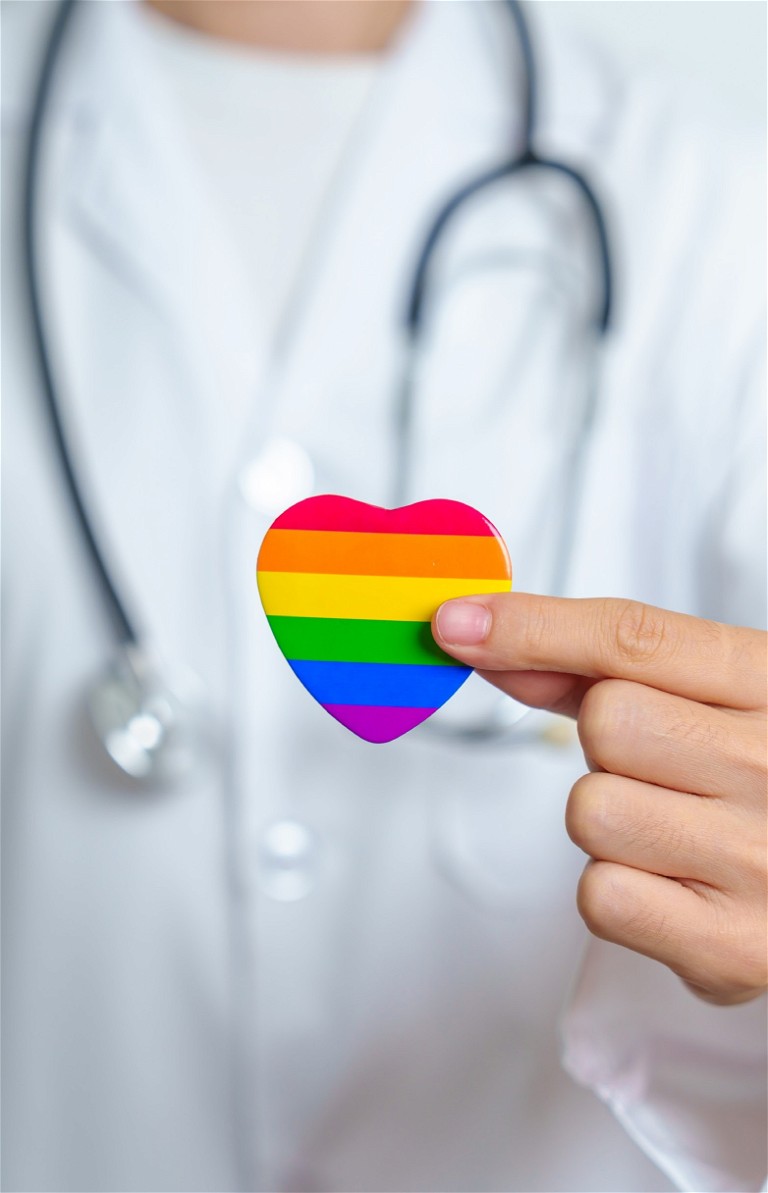Five facts about LGBTQ+ healthcare

- More than 16% of respondents to a National LGBT Survey in 2017 stated that they had accessed or attempted to access public health services and had a negative experience due to their sexual orientation. The survey reported that 38% had a negative experience because of their gender identity.1
- Similarly, 80% of transgender respondents who accessed or tried to access gender identity clinics stated that it was difficult, regularly citing the long waiting times.1
- According to Stonewall, approximately 51% of LGBTQ+ people have experienced depression within the year leading up to the survey, and 13% of LGBTQ+ people aged 18-24 attempted to commit suicide within the same year.2 Likewise, 46% of transgender people thought about taking their lives in a year, and 31% of LGBTQ+ who are not trans also considered suicide.2
- A 2018 Government report states that 21% of trans survey respondents felt their specific needs were ignored or not considered when accessing healthcare services. Additionally, 18% reported being subject to inappropriate curiosity, and another 18% said they avoided treatment due to fear of discrimination or ‘intolerant reactions’.3
- Since July 2018, in addition to the publication of the Government’s National LGBT Action plan, there has been a movement to ‘advance the rights of LGBT people both at home and abroad, and improve the way that public services work for them’, including health services such as the NHS.4 This action plan covers the Government’s and NHS’s priorities, detailing topics including ‘advice and influencing’, ‘sexual orientation, inclusive gender and trans status monitoring’, ‘evidence base’ and ‘education and training’.4
References
- Visit: england.nhs.uk/about/equality/equality-hub/patient-equalities-programme/lgbt-health/
- Visit: stonewall.org.uk/resources/lgbt-britainhealth-2018
- Visit: assets.publishing.service.gov.uk/media/5b3cb6b6ed915d39fd5f14df/GEO-LGBT-Survey-Report.pdf
- Visit: england.nhs.uk/about/equality/equality-hub/patient-equalities-programme/lgbt-health/lgbt-actionplan-priorities/